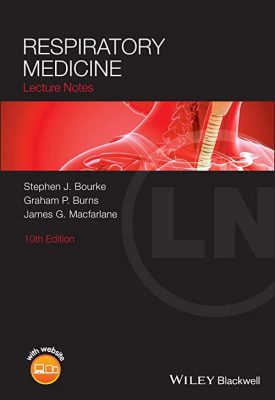Cardiovascular Physiology: Mosby Physiology Monograph Series (Mosby’s Physiology Monograph) 11th Edition
Gain a foundational understanding of cardiovascular physiology and how the cardiovascular system functions in health and disease. Cardiovascular Physiology, a volume in the Mosby Physiology Series, explains the fundamentals of this complex subject in a clear and concise manner, while helping you bridge the gap between normal function and disease with pathophysiology content throughout the book.
- Helps you easily master the material in a systems-based curriculum with learning objectives, Clinical Concept boxes, highlighted key words and concepts, chapter summaries, self-study questions, and a comprehensive exam to help prepare for USMLEs.
- Keeps you current with the latest concepts in vascular, molecular, and cellular biology as they apply to cardiovascular function, thanks to molecular commentaries in each chapter.
- Includes clear, 2-color diagrams that simplify complex concepts.
- Featuresclinical commentaries that show you how to apply what you’ve learned to real-life clinical situations.
- Enhanced eBook version included with purchase. Your enhanced eBook allows you to access all of the text, figures, and references from the book on a variety of devices.
Complete the Mosby Physiology Series! Systems-based and portable, these titles are ideal for integrated programs.
-
- Blaustein, Kao, & Matteson: Cellular Physiology and Neurophysiology
- Cloutier: Respiratory Physiology
- Koeppen & Stanton: Renal Physiology
- Johnson: Gastrointestinal Physiology
- White, Harrison, & Mehlmann: Endocrine and Reproductive Physiology
- Hudnall: Hematology: A Pathophysiologic Approach
- Appendix – Comprehensive MCQ review examination
- Keywords/concepts
















